What is KillerLocker Virus?
KillerLocker Virus is a ransomware type of virus that can do serious damage by encrypting your files. If you recently opened a spam email or clicked on a suspicious link, that’s how you must have gotten this ransomware. Like many others, KillerLocker Virus uses the AES-256 algorithm to encrypt your files and adds the .rip file extension. The files then become unreadable. The files can only be restored using a decryption key, which the hackers will try to sell to the victims. It is not currently known how much money they are asking but whatever the amount it, we suggest you do not pay. A lot of ransomware victims pay and then not get anything. Instead, you should delete KillerLocker Virus as soon as possible. Also, note that users in Portugal should especially be cautious because this ransomware seems to target Portuguese speakers.
How does KillerLocker Virus infect my computer?
Ransomware usually travels via spam emails. Hackers attach an infected file to an email and send it to thousands of users. It usually ends up in the spam folder so most people never notice those kinds of emails. But who doesn’t occasionally check their spam folder, right? Checking is one things, clicking on spam email attachments is another. And it might have very serious consequences. If you open an infected email attachment, in a matter of minutes, your files will be encrypted. And you won’t notice until it’s too late. Always be cautious when opening emails from people you don’t know. The email might look very official and competently legit but there’s always a possibility that the attachment it asks you to download is infected with ransomware. Use a reliable search engine to look into whether someone else has received similar emails and ended up with encrypted files. It’s better be safe than sorry.
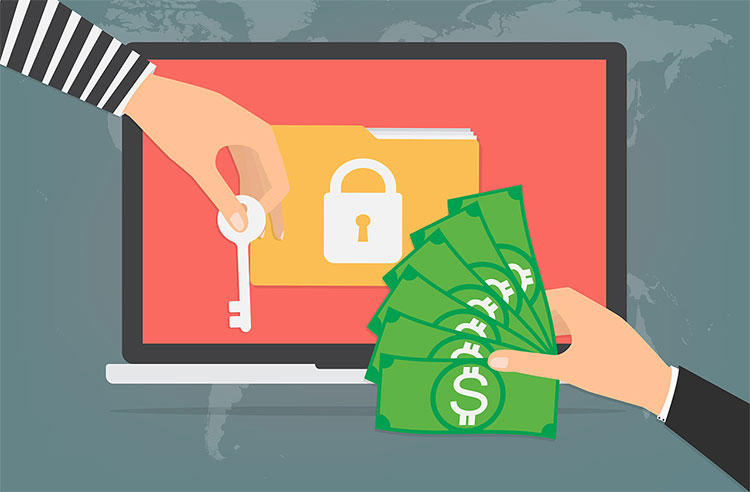
What does KillerLocker Virus do?
When you download the ransomware, it encrypts your files using the AES-256 algorithm. It attaches the .rip file attachment to encrypted files so you can spot them quickly. A decryption key is stored in a remote server and the hackers have complete control of it. They will attempt to sell you the key for a certain amount of money. But KillerLocker Virus ransomware note does not state how much they want. It is stated, however, that if payment is not made within 48 hours, the key will be deleted. An email is given in the ransom note, which you’re supposed to use if you want to contact them. We don’t suggest you do. Paying does not guarantee file decryption, and most cases involving ransomware prove that. You should remove KillerLocker Virus as soon as possible.
KillerLocker Virus removal
Manually trying to remove KillerLocker Virus can be too complex and could cause damage. Instead we recommend you obtain anti-malware software to help you with KillerLocker Virus removal. Instructions on how to delete KillerLocker Virus will be provided below.
Offers
Download Removal Toolto scan for KillerLocker VirusUse our recommended removal tool to scan for KillerLocker Virus. Trial version of provides detection of computer threats like KillerLocker Virus and assists in its removal for FREE. You can delete detected registry entries, files and processes yourself or purchase a full version.
More information about SpyWarrior and Uninstall Instructions. Please review SpyWarrior EULA and Privacy Policy. SpyWarrior scanner is free. If it detects a malware, purchase its full version to remove it.

WiperSoft Review Details WiperSoft (www.wipersoft.com) is a security tool that provides real-time security from potential threats. Nowadays, many users tend to download free software from the Intern ...
Download|more


Is MacKeeper a virus? MacKeeper is not a virus, nor is it a scam. While there are various opinions about the program on the Internet, a lot of the people who so notoriously hate the program have neve ...
Download|more


While the creators of MalwareBytes anti-malware have not been in this business for long time, they make up for it with their enthusiastic approach. Statistic from such websites like CNET shows that th ...
Download|more
Quick Menu
Step 1. Delete KillerLocker Virus using Safe Mode with Networking.
Remove KillerLocker Virus from Windows 7/Windows Vista/Windows XP
- Click on Start and select Shutdown.
- Choose Restart and click OK.

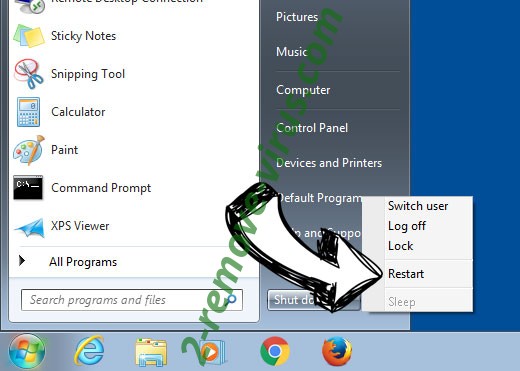
- Start tapping F8 when your PC starts loading.
- Under Advanced Boot Options, choose Safe Mode with Networking.

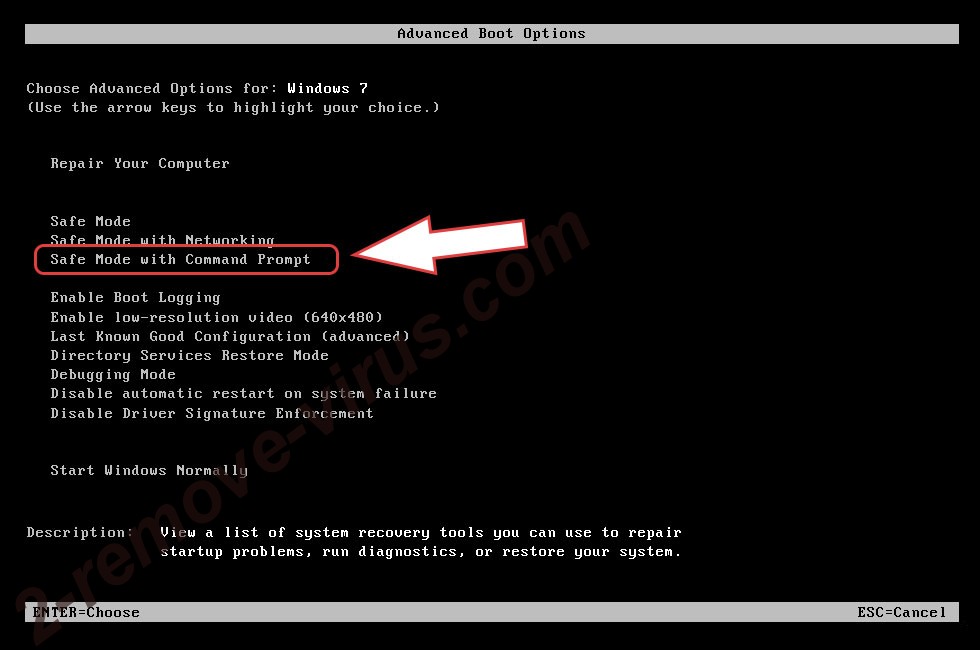
- Open your browser and download the anti-malware utility.
- Use the utility to remove KillerLocker Virus
Remove KillerLocker Virus from Windows 8/Windows 10
- On the Windows login screen, press the Power button.
- Tap and hold Shift and select Restart.

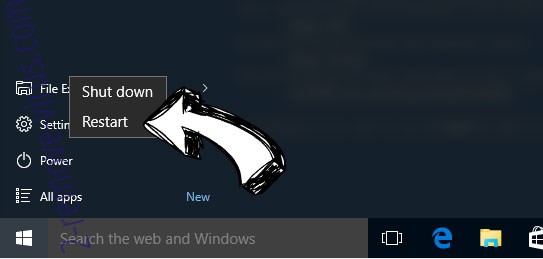
- Go to Troubleshoot → Advanced options → Start Settings.
- Choose Enable Safe Mode or Safe Mode with Networking under Startup Settings.

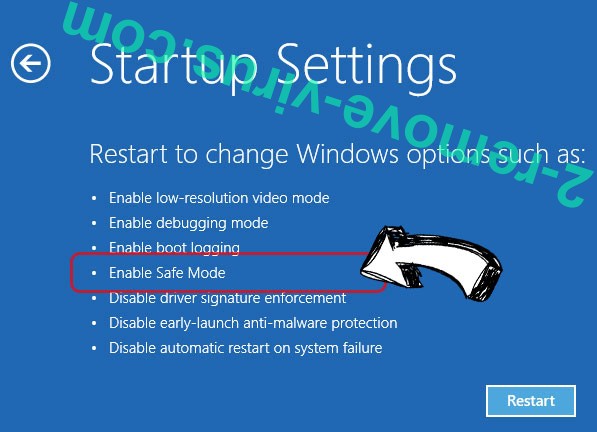
- Click Restart.
- Open your web browser and download the malware remover.
- Use the software to delete KillerLocker Virus
Step 2. Restore Your Files using System Restore
Delete KillerLocker Virus from Windows 7/Windows Vista/Windows XP
- Click Start and choose Shutdown.
- Select Restart and OK


- When your PC starts loading, press F8 repeatedly to open Advanced Boot Options
- Choose Command Prompt from the list.

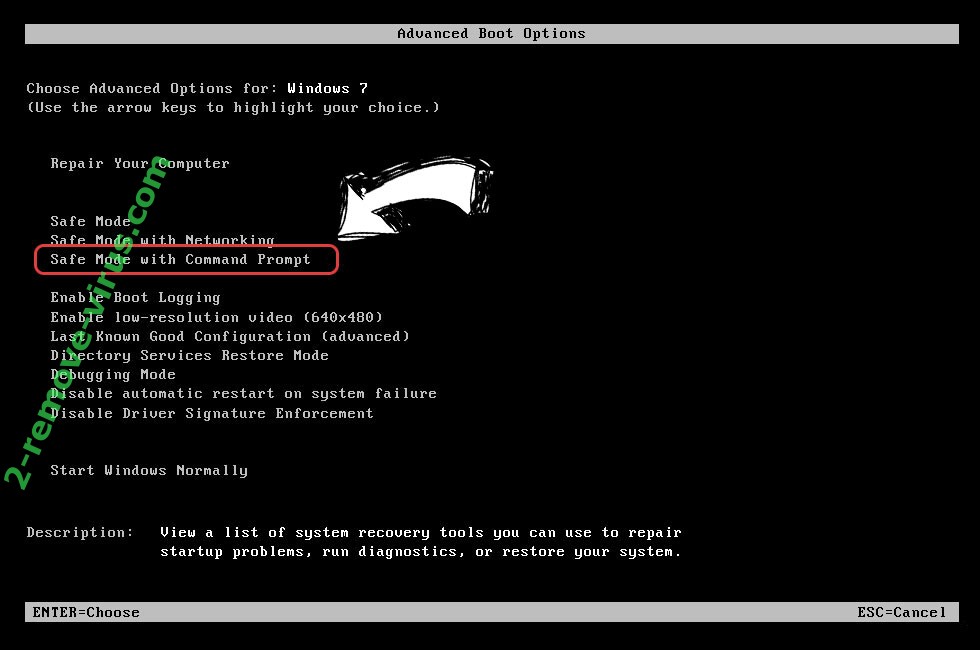
- Type in cd restore and tap Enter.

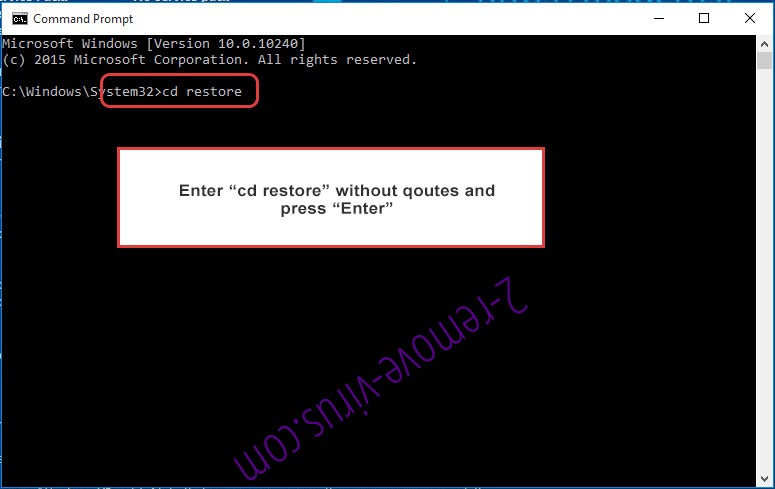
- Type in rstrui.exe and press Enter.

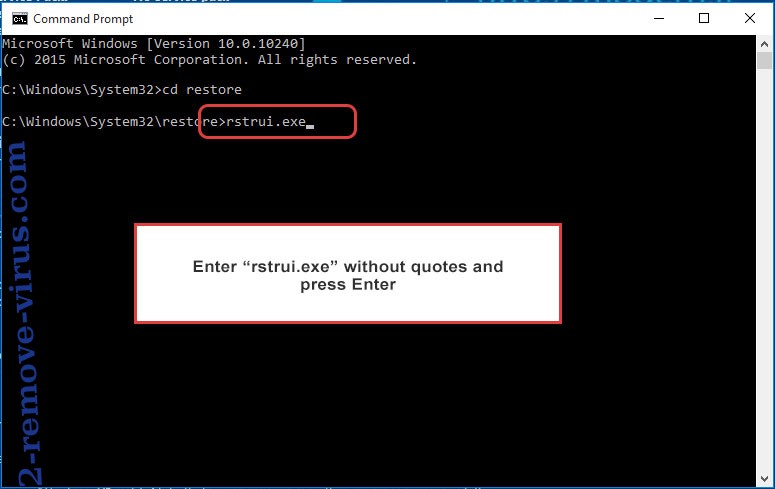
- Click Next in the new window and select the restore point prior to the infection.

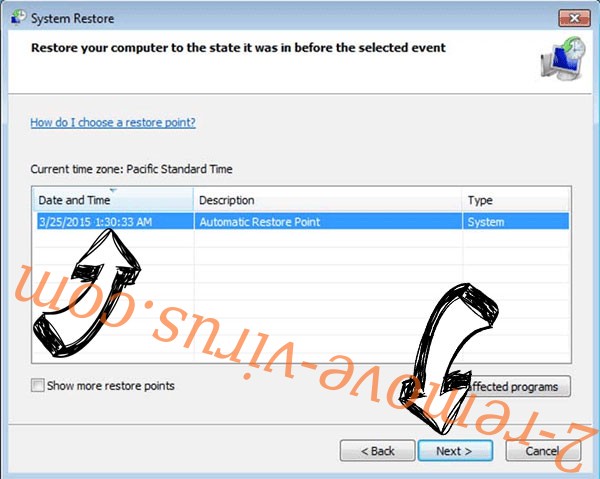
- Click Next again and click Yes to begin the system restore.

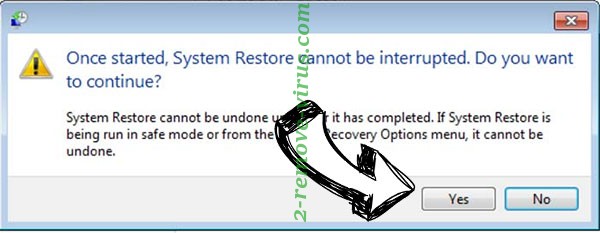
Delete KillerLocker Virus from Windows 8/Windows 10
- Click the Power button on the Windows login screen.
- Press and hold Shift and click Restart.


- Choose Troubleshoot and go to Advanced options.
- Select Command Prompt and click Restart.

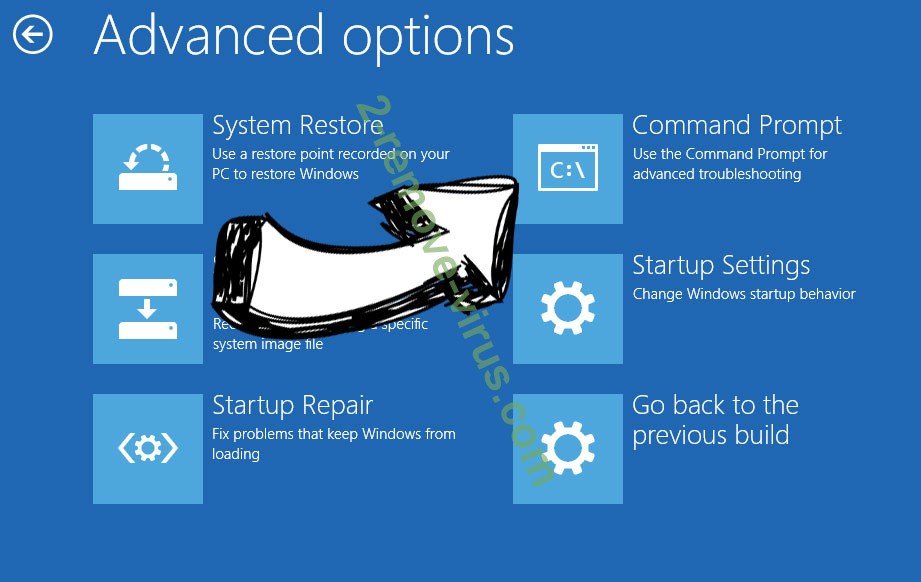
- In Command Prompt, input cd restore and tap Enter.


- Type in rstrui.exe and tap Enter again.


- Click Next in the new System Restore window.

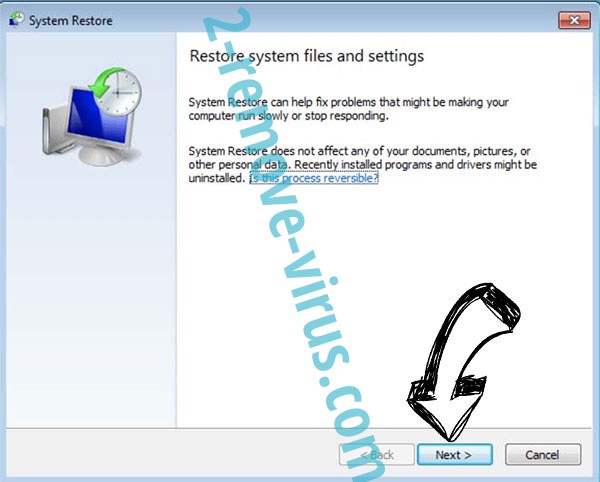
- Choose the restore point prior to the infection.


- Click Next and then click Yes to restore your system.


Site Disclaimer
2-remove-virus.com is not sponsored, owned, affiliated, or linked to malware developers or distributors that are referenced in this article. The article does not promote or endorse any type of malware. We aim at providing useful information that will help computer users to detect and eliminate the unwanted malicious programs from their computers. This can be done manually by following the instructions presented in the article or automatically by implementing the suggested anti-malware tools.
The article is only meant to be used for educational purposes. If you follow the instructions given in the article, you agree to be contracted by the disclaimer. We do not guarantee that the artcile will present you with a solution that removes the malign threats completely. Malware changes constantly, which is why, in some cases, it may be difficult to clean the computer fully by using only the manual removal instructions.

This is really interesting because I remember a couple of years ago getting a virus that is exactly like what was described in this article. I started getting all kinds of weird pop ups about tacos and burritos. When this happens again I am going to call a professional virus removal service because it seems like you would definitely want to hire somebody who knows what they are doing.